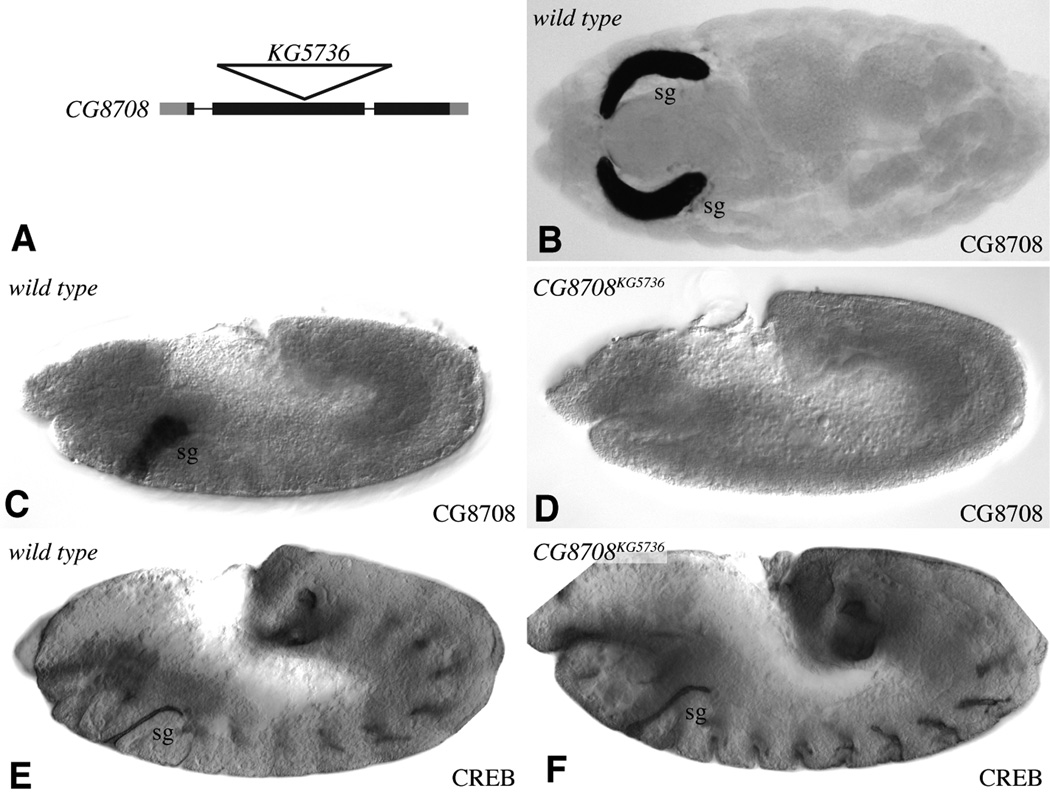Figure 4. CG8708 mutant does not affect salivary gland morphogenesis.
A) Schematic of CG8708 transcription unit shows introns as thin lines and exons as thick lines, with coding regions in black and non-coding regions in gray. The position of the KG5736 insertion is indicated by the triangle. B) Stage 16 wild-type embryo, with CG8708 expressed specifically in salivary glands (sg). C) Stage 12 wild-type embryo, with CG8708 expressed specifically in the developing salivary glands (sg). D) Stage 12 CG8708KG5736 homozygous embryo; CG8708 expression is not detectable. E) Stage 12 wild-type embryo, anti-CREB staining marks the lumen of the developing salivary glands (sg). D) Stage 12 CG8708KG5736 homozygous embryo; anti-CREB staining is not distinguishable from wild type.

